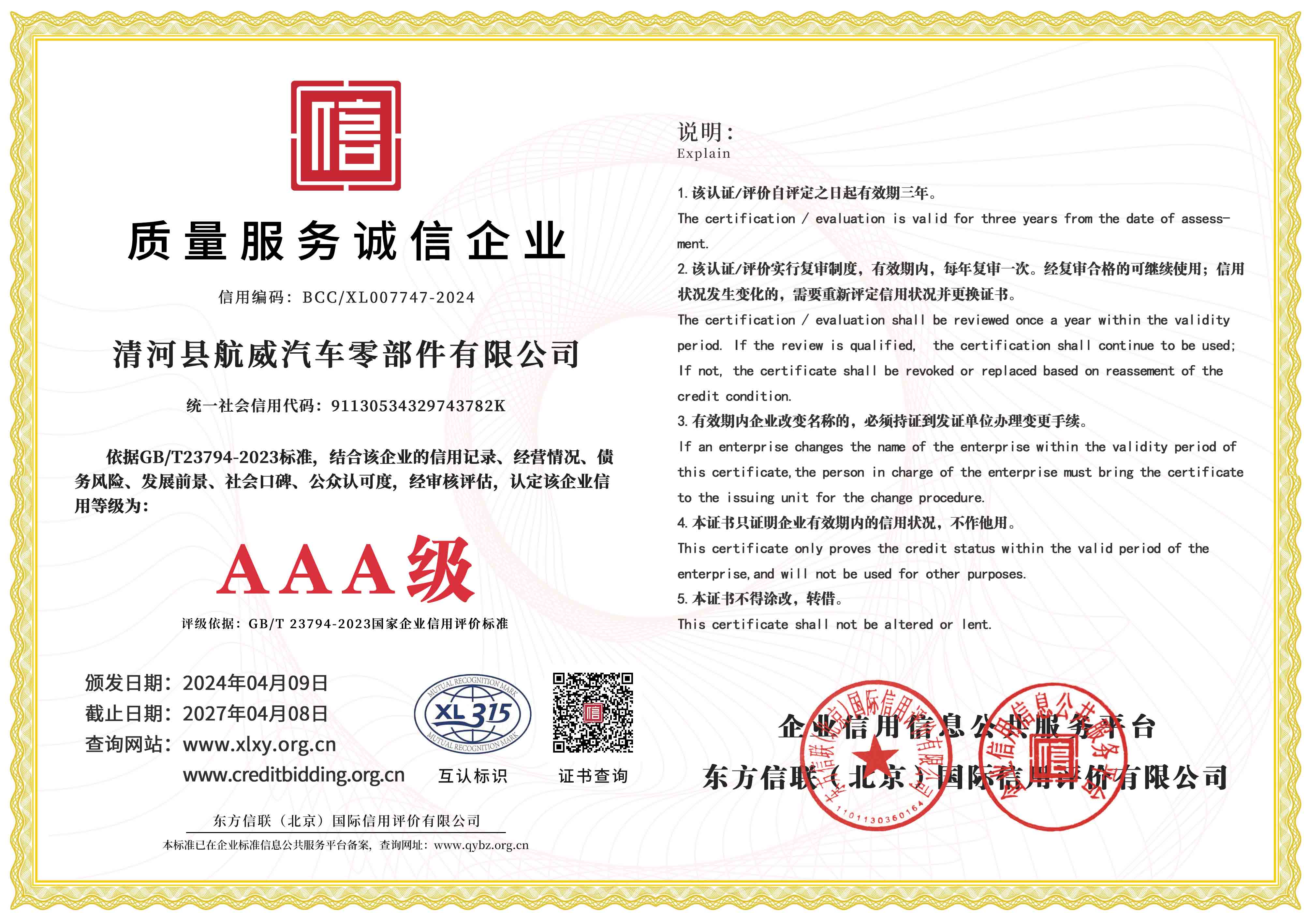throttle assembly
Understanding Throttle Assembly The Heart of Engine Performance
Throttle assembly is a critical component in the performance of internal combustion engines, playing a pivotal role in regulating the flow of air and fuel mixture into the engine. This assembly directly influences the power output, response time, and overall efficiency of the vehicle's engine system.
At its core, a throttle assembly consists of a throttle body, butterfly valve, and a linkage mechanism. The throttle body is a cylindrical component that houses the butterfly valve, which is responsible for controlling air intake as the driver applies pressure to the accelerator pedal. The valve opens and closes in response to the driver’s demand for power, allowing the engine to ramp up or down as necessary.
The operation of the throttle assembly is often electronically controlled in modern vehicles. This Electronic Throttle Control (ETC) system enhances performance and drivability by providing precise adjustments based on various parameters, such as engine load and speed. Unlike older mechanical systems, ETC eliminates the need for a physical cable connecting the accelerator pedal to the throttle body, resulting in a faster response time and improved fuel efficiency.
throttle assembly

When discussing throttle assemblies, it is essential to consider their role in both performance and emissions. A well-functioning throttle assembly ensures optimal airflow into the engine, which directly affects combustion efficiency. This efficient combustion not only maximizes power output but also minimizes harmful emissions. However, if the throttle assembly becomes clogged with dirt or carbon deposits, it can lead to sluggish performance, increased fuel consumption, and higher emission levels.
Regular maintenance of the throttle assembly is vital for ensuring the longevity and performance of the engine. Simple cleaning techniques can help eliminate buildup and maintain optimal airflow. In some cases, sensors within the throttle assembly may also require periodic checks to ensure they are operating correctly.
In the context of modern automotive engineering, advancements in throttle assembly technology have greatly influenced vehicle dynamics. For instance, the integration of adaptive cruise control systems relies heavily on the precise modulation of throttle input for maintaining speed and distance from other vehicles. The seamless interaction between the throttle assembly and other vehicle systems highlights the importance of this component in contemporary automotive design.
In conclusion, the throttle assembly is an integral part of an engine's performance equation. As vehicles continue to evolve with the advent of electric and hybrid systems, the throttle assembly must also adapt to new technologies and challenges. Understanding its function and significance not only aids car enthusiasts in appreciating engine mechanics but also emphasizes the importance of regular maintenance in keeping vehicles running at their best. Whether you're a casual driver or an automotive aficionado, knowing how throttle assemblies work can enhance your overall driving experience.
-
Upgrade Your Vehicle with High-Quality Handbrake CablesNewsNov.01,2024
-
Optimize Your Bike's Performance with Quality CablesNewsNov.01,2024
-
Enhance Your Vehicle's Performance with Quality Clutch ComponentsNewsNov.01,2024
-
Elevate Your Vehicle's Performance with Quality Throttle CablesNewsNov.01,2024
-
Elevate Your Vehicle's Performance with Quality CablesNewsNov.01,2024
-
Affordable Solutions for Your Cable NeedsNewsNov.01,2024
